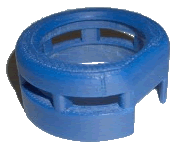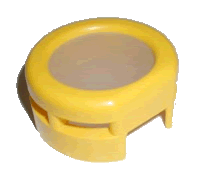Rapid prototyping gives you a 3D model of your finished product in a few days.
This is where refinements are made and design concepts are proven. The ability to create 3D models quickly can reveal design flaws, and allows us to analyze a part for aesthetics, ergonomics and manufacturability. Quantities can be of one to several hundred. The primary advantage is its ability to create almost any geometry, and at a fraction of the time and cost.
Stereolithography (SLA) is a widely used form of rapid prototyping. Using data from a solid model, it lays down successive layers of liquid resin, and in this way builds up the model from a series of cross sections. These layers are glued together or fused automatically via a UV laser to create the final shape.
Fused Deposition Modeling (FDM) is the only process that uses models in strong, durable ABS plastic. Using data from a solid model, it lays down successive layers of ABS plastic through an extrusion nozzle. The nozzle is heated to melt the material, forming a fully functioning component. When you are looking for a higher demand engineered plastic, choose FDM for Polycarbonate, Polypheylsulfone and PC-ISO material.


